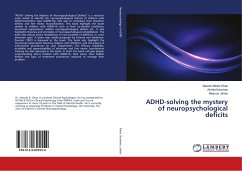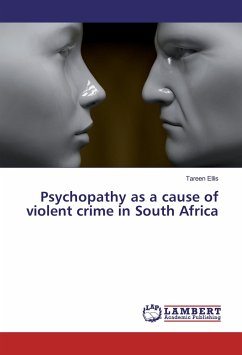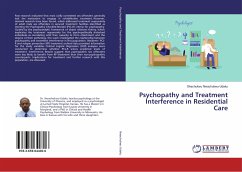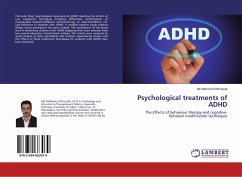Debate has arisen amongst researchers regarding the etiology of adolescent psychopathy. Some write that the focus of research should be ADHD, as many of the behaviors associated with the disorder are similar to that found in psychopathy. Other scholars disagree, writing that the emphasis should center on Conduct Problems, as they are a better indicator of future problems. Many of the behaviors associated with psychopathy are seen in students assigned to alternative educational settings. In order to gauge which factor had the strongest relationship with psychopathy, 80 male students, ranging in age from 12 to 18, placed at interim alternative educational settings for misbehavior were assessed using the Antisocial Process Screening Device---Youth Edition (APSD-Y) to determine level of psychopathy. ADHD was assessed using the Behavior Assessment Scale for Children- Second Edition (BASC-2) and Conners-Wells' Adolescent Self-Report Scale-L (CASS:L); likewise, both instruments were used to assess conduct problems. Each instrument used a self-report method. Results indicated conduct problems had a statistically significant relationship with adolescent psychopathy; however, ADHD did not.
Bitte wählen Sie Ihr Anliegen aus.
Rechnungen
Retourenschein anfordern
Bestellstatus
Storno








